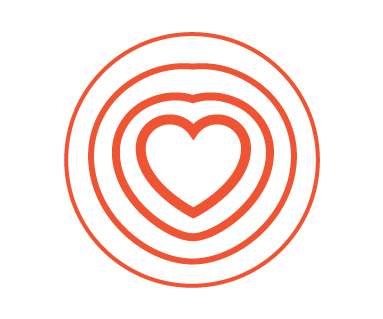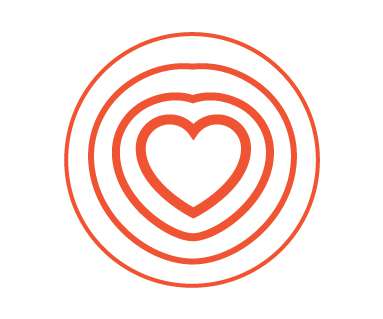The HIPAA Definition of Covered Entities Explained
HIPAA Journal
DECEMBER 30, 2022
Since 2003, the HHS’ Office for Civil Rights has received more than 300,000 complaints and rejected more than 200,000. Health Plans and Health Insurance Issuers. The HIPAA definition of Covered Entities implies that all health plans are Covered Entities; however, that is not the case. Healthcare Providers.












Let's personalize your content